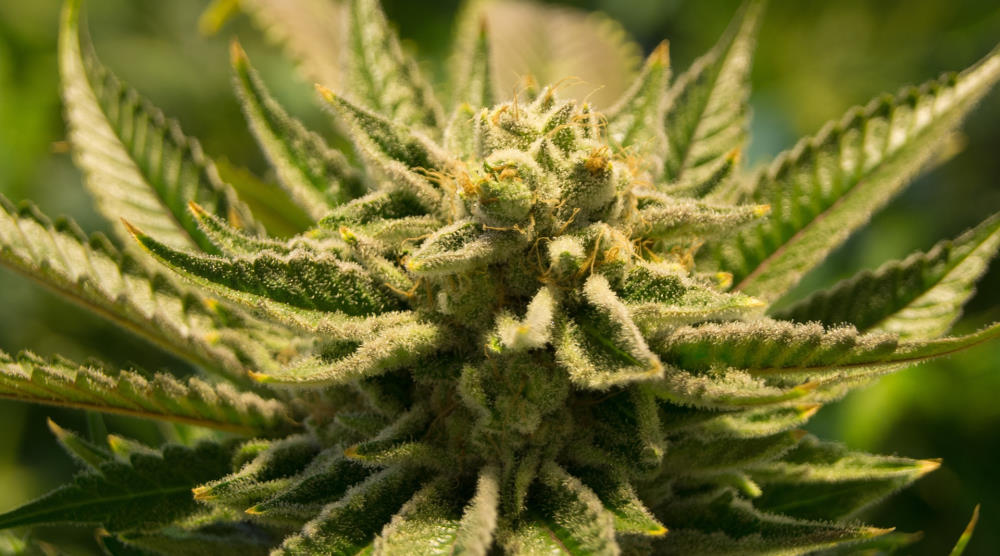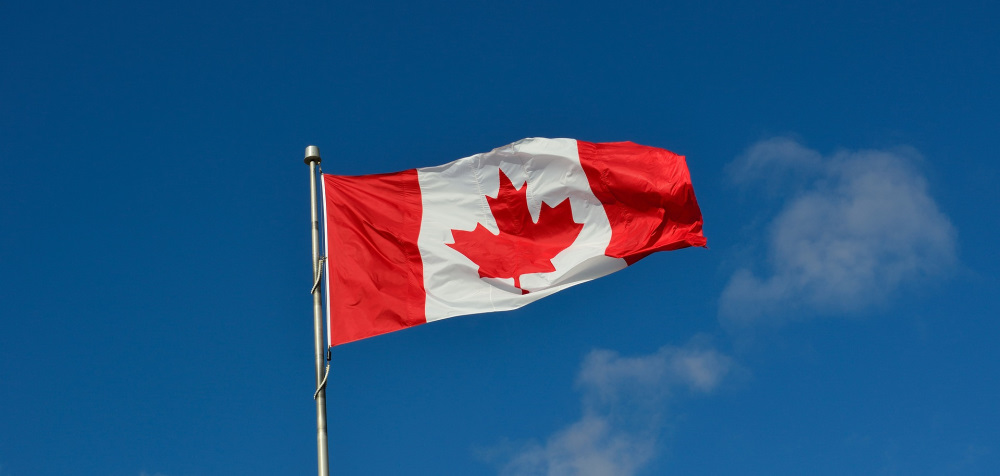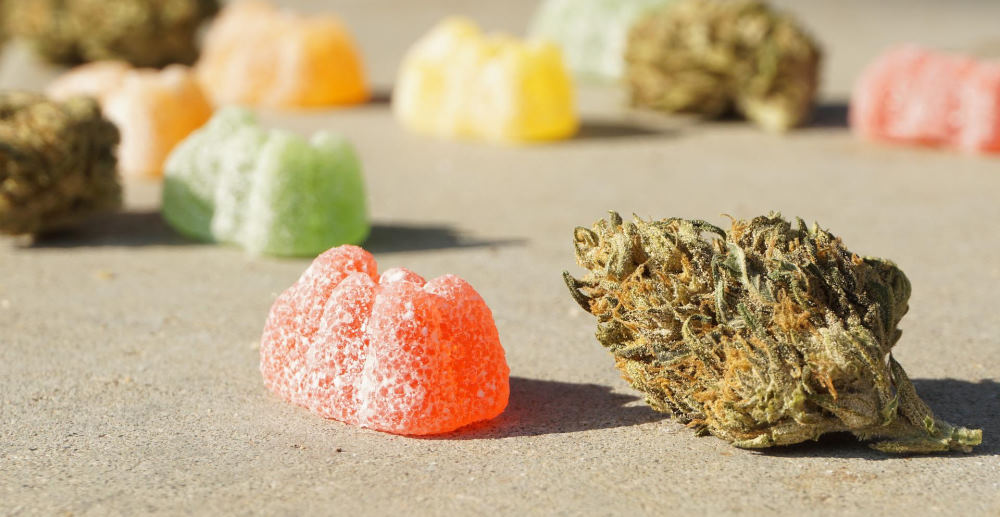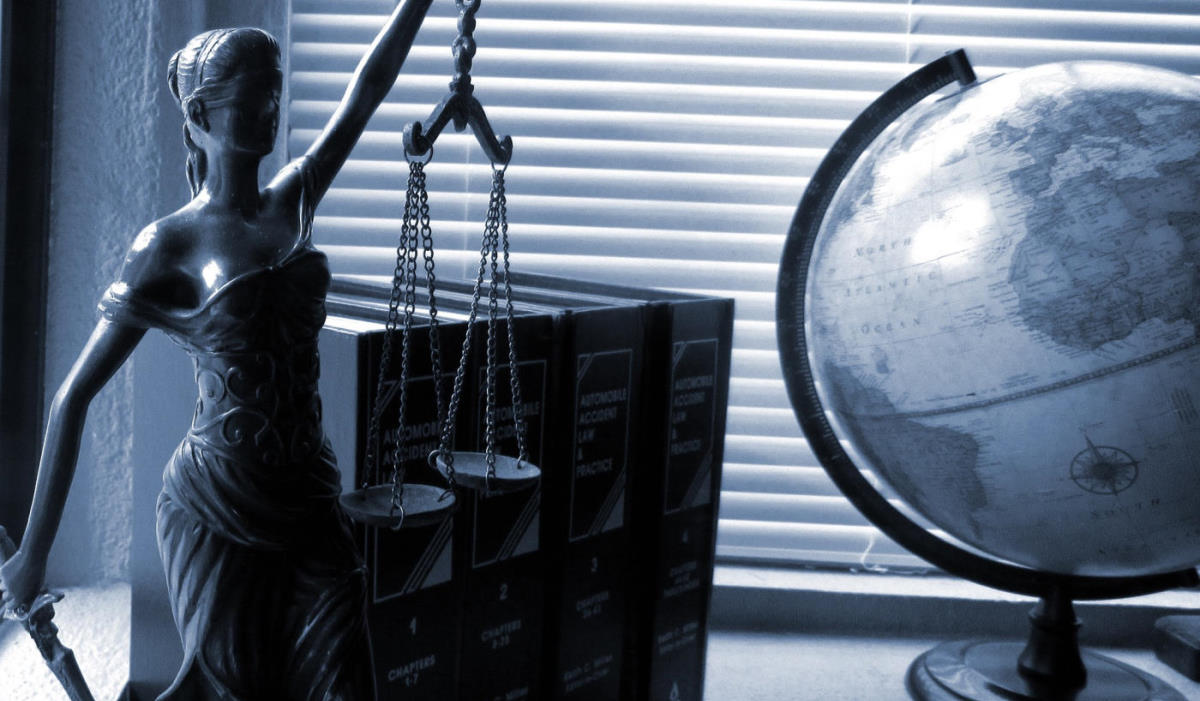The history of Cannabis in Canada is a storied one. This special plant was banned nation-wide for many decades. But after a nearly 20-year battle to legalize weed at the federal level – to reach the same level as alcohol, Canada has become just the second country on the planet to do so.
In this blog post, we’ll break down the complete history of legalization for both medical and recreational cannabis in Canada. But first, here’s a snapshot of the success of legalization:
The Success of Cannabis Legalization
Cannabis legalization got off to a shaky start in Canada. There were missteps, supply gluts, and demand fluctuations. Plus, the various rules and regulations across provinces was a bit of a dog’s breakfast. But now that the dust has settled and the supply/demand has returned to more normal levels, the country is starting to see some early success.
To start, legalization has been a huge economic win. In a study by Deloitte, it was reported that from 2018 to 2021 the federal government earned roughly $15 billion in tax revenues from cannabis retail. On top of that, the country’s GDP received a $43.5 billion boost over the same time period, while directly and indirectly sustaining about 98,000 Canadian jobs per year.

In the Canadian Cannabis Survey 2021 done by Stats Canada, early indications tell us that Canadians are using cannabis more responsibly these days. People that admitted to driving a vehicle after cannabis use decreased from 27% in 2018 to 16% in 2021. And the instances of being a passenger in a vehicle driven by someone who recently used cannabis decreased from 13% in 2018 to 7% in 2021. Plus, in a UBC Northern Medical Program study, it was found “the 2018 legalization of cannabis in Canada was not associated with increases in traffic injuries”.
The justice and enforcement systems have also benefited from pot legalization in a big way. The legal cannabis market has began to squash the illegal cannabis market, with unlicensed weed sales falling from roughly $1.2 billion in 2018 to about $690 million in July of 2021. And the trend is showing no signs of slowing down. Plus, now that recreational cannabis is legal, the government doesn’t have to shell out nearly as much for drug enforcement, media campaigns, and other anti-pot strategies. In the 20 years prior to legalization, roughly 50,000 possessions arrests were made each year. But as of 2020, that number has sunk dramatically to around 1,000.
Timeline of Legalization in Canada

1923 – Cannabis is banned, being added to the Opium and Drugs Act. While it’s largely a mystery as to why the drug was outlawed for so long, it was likely derived from the racist/anti-immigrant ideas of politicians at the time.
1961 – In a big step backwards, cannabis is elevated to Schedule 1 status under the Narcotic Control Act, making possession punishable by 7 years in prison.
1972 – The federal government orders the Le Dain Commission to study the effects of cannabis use. Their conclusion was to decriminalize possession.
1987 – President Brian Mulroney wages war on Canada’s “drug epidemic”, announcing a $210 million dollar plan for treatment and rehabilitation, public education, and an advertising campaign.
1999 – The Minister of Health grants an exemption, allowing legal access to cannabis for medical or scientific purposes.
2000 – The Ontario Court of Appeal rules that cannabis prohibition is unconstitutional, given its medical benefits. This landmark decision was inspired by the 1996 arrest of Terry Parker, who was arrested for growing cannabis to treat his epileptic seizures.
2001 – The first laws, the Marihuana Medical Access Regulations (MMAR), are introduced, allowing licensed patients to grow their own cannabis or access it from licensed growers.
2003 – Prime Minister Jean Chrétien announces the first decriminalization measure, which ultimately fails to pass into law.
2006 – Prime Minister Stephen Harper imposes mandatory prison sentences on cannabis dealers in his own anti-drug strategy. Maximum penalties are increased from 7 to 14 years.
2015 – Current Prime Minister Justin Trudeau pledges to legalize recreational cannabis.
2017 – In April, the Cannabis Act is introduced, with 68% of Canadians supporting legalization. This act would legalize the possession, use, cultivation, and purchase of amounts of cannabis by anyone over 18. In November, the Government proposed a complete regulatory framework which included possession limits, growing limits, various licenses, security clearances, packaging rules, and more.
2018 – The Cannabis Act officially becomes law, nation-wide.
2020 – A broader range of products is made legal, such as edibles, beverages and vapes.

Cheeky’s Cannabis was founded with the mission to de-stigmatize cannabis by offering an accessible and welcoming shopping experience. If you’re in the Lower Mainland area, be sure to visit one of our two convenient locations in Maple Ridge at 11939 240th Street or in Kitsilano at 3695 W. 4th Ave, or check out our extensive cannabis menu online.
